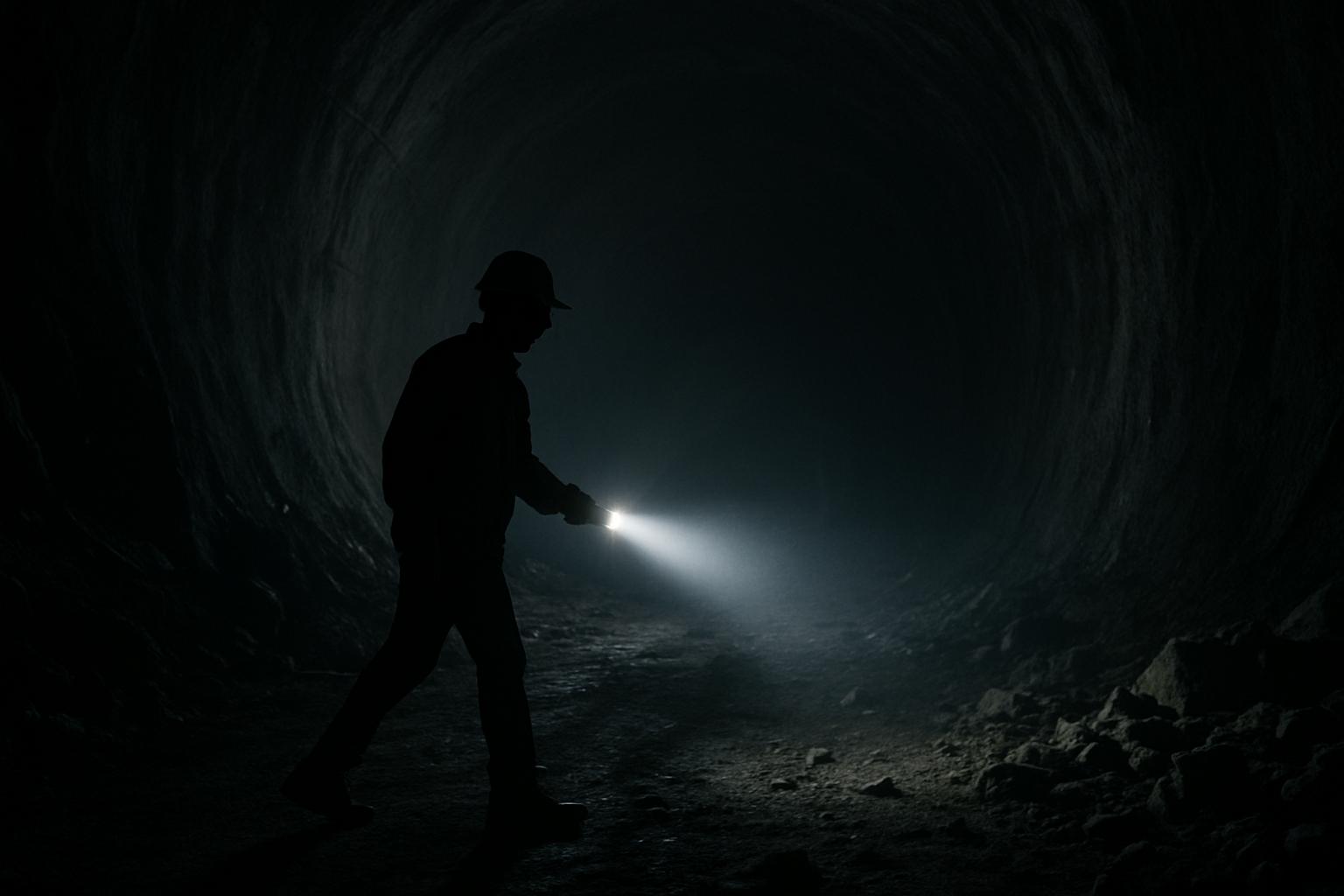Rosa Diez, Mott MacDonald's tunnel practice leader for the UK and Europe, reflects on nearly 30 years dedicated to transportation infrastructure, especially tunnelling, and how the lessons learned from these large-scale projects could benefit the growing sectors of water and energy infrastructure. Early in her career, she was involved in recovery efforts for the Heathrow Express project. Over time, she contributed to major UK transport initiatives including the Victoria Station Upgrade, Crossrail, and HS2, as well as international metro projects in Portugal, Australia, and Norway.
Despite her deep roots in transportation tunnelling, Diez notes a marked decline in investment in underground transport over the past five years. Several major projects have been delayed or cancelled—the Stonehenge tunnel and HS2 Phase 2 being prominent examples—which has caused uncertainty and contributed to the loss of tunnelling experts to markets like Saudi Arabia and Australia offering better opportunities. The cancellation of HS2 Phase 2, especially, disrupted what had been a continuous pipeline of major tunnelling work. However, Diez remains optimistic that the industry will see a resurgence of activity, driven largely by increasing investment in energy and water projects aimed at enhancing infrastructure resilience and achieving Net Zero targets.
While water and energy tunnelling projects tend to be smaller than transport schemes, they are more numerous, with some exceptions, such as the Sizewell C nuclear power project. Diez highlights that these sectors share complex, multidisciplinary demands similar to transport projects, necessitating careful consideration of operational functionality, maintenance, and futureproofing. A key difference lies in the use of tunnels; water and energy tunnels do not have daily human traffic like transport tunnels, meaning emergency evacuation requirements are less pressing but maintenance needs—such as debris clearance in sewer tunnels—are critical.
The development of pumped storage hydro (PSH) schemes, predominantly in Scotland, exemplifies the challenges and opportunities in energy tunnelling. These projects will engage tunnelling methods not widely used in the UK, such as drill and blast techniques, requiring the industry to import expertise and adapt ground investigation methods owing to the often remote, deep locations involved. Non-intrusive geophysical surveys will become increasingly important where borehole drilling is prohibitively expensive or impractical. Furthermore, PSH projects located in remote areas underscore the necessity of creating the right working environments to attract skilled tunnellers and provide opportunities for upskilling local communities.
Diez believes the tunnelling industry is preparing for this shift. At Mott MacDonald, there is a deliberate focus on training new talent to meet the anticipated demand in energy and water sectors, signalling an industry adapting to new markets.
Importantly, the expertise and methodologies developed in transport tunnelling offer significant benefits for water and energy projects. Diez points to the transport sector’s advanced approaches in managing complex risk, unknown ground conditions, and stakeholder interfaces—principles applicable to these new sectors. Collaborative frameworks, early contractor involvement, detailed risk registers, and robust programme management practices have been refined in urban transport projects and are now influencing the delivery of major water and energy tunnels. Moreover, frameworks and alliances that have improved delivery efficiency in transport are being adapted to water and energy projects, potentially mitigating cost and schedule overruns that have plagued some transport ventures.
Technological innovations pioneered in transport tunnelling—such as the use of data, observational design optimisation, automation, and robotics—are poised to revolutionise tunnel construction in water and energy as well. These tools not only enhance efficiency but also improve health and safety outcomes on site.
Despite a transition in project types and scales, Diez emphasises the enduring appeal of tunnelling careers. She encourages flexibility among professionals, portraying the emerging water and energy projects as opportunities to engage with compelling new challenges while continuing to contribute to critical societal infrastructure. The tunnelling industry, she insists, remains a field where practitioners can take pride in enabling communities to move, be energised, and have secure water access.
This perspective aligns with broader industry insights. For instance, lessons from deep tunnel projects documented by global water organisations underscore the importance of integrating infrastructure systems with a focus on innovation and problem-solving. Similarly, complex hydraulic challenges in projects like the Thames Tideway Tunnel demonstrate the sophisticated engineering underpinning major urban water tunnels, paralleling the technical rigour developed in transport tunnelling. Meanwhile, knowledge shared at technical forums and conferences reveals continuous advancement in design, construction, and risk management, reinforcing the adaptability of transport tunnelling expertise to meet the evolving demands of water and energy infrastructure.
In conclusion, while transport tunnelling activity in the UK is currently subdued, the growing urgency of resilient water and energy infrastructure offers a robust pipeline of new projects. Drawing on decades of transport tunnelling experience and embracing technological and collaborative innovations, the tunnelling industry is well positioned to meet these challenges and sustain fulfilling careers for professionals willing to embrace diversification and change.
📌 Reference Map:
- [1] New Civil Engineer – Paragraphs 1 to 13
- [2] Mott MacDonald (Insight article) – Paragraphs 2, 3
- [3] Mott MacDonald (Career stories) – Paragraphs 8, 9
- [4] Water Environment Federation (Deep Tunnels Lessons) – Paragraph 14
- [5] Water Projects Online (Thames Tideway Tunnel) – Paragraph 14
- [7] Rapid Excavation & Tunneling Conference (Technical advances) – Paragraph 14
Source: Noah Wire Services
